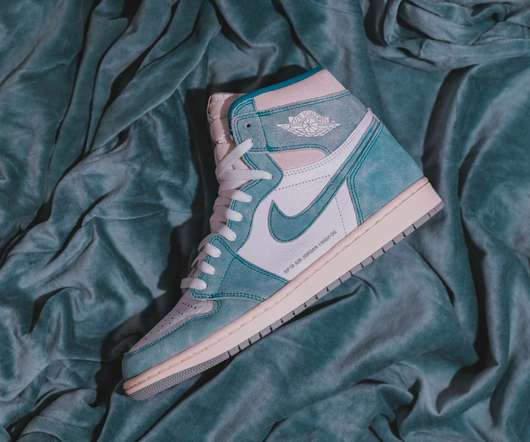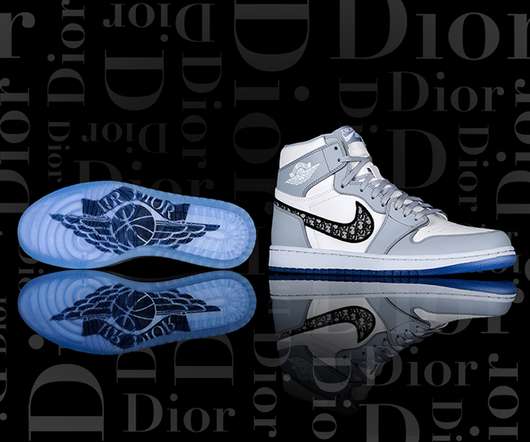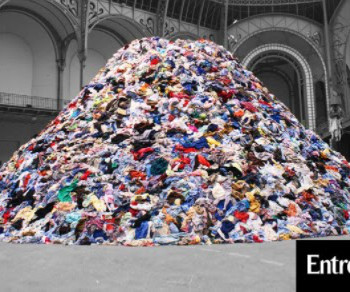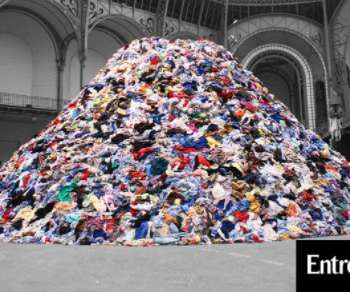How Retykle changed the Chinese belief that buying secondhand is bad luck
Inside Retail
JUNE 20, 2021
It has taken online resale marketplace Retykle a long time to slowly shift Chinese consumers’ superstitious beliefs that buying secondhand clothing is bad luck, according to founder Sarah Garner. “We In our case], it was like converting one consumer at a time.”. The aspirational resale consumer. The conscious consumers.












Let's personalize your content